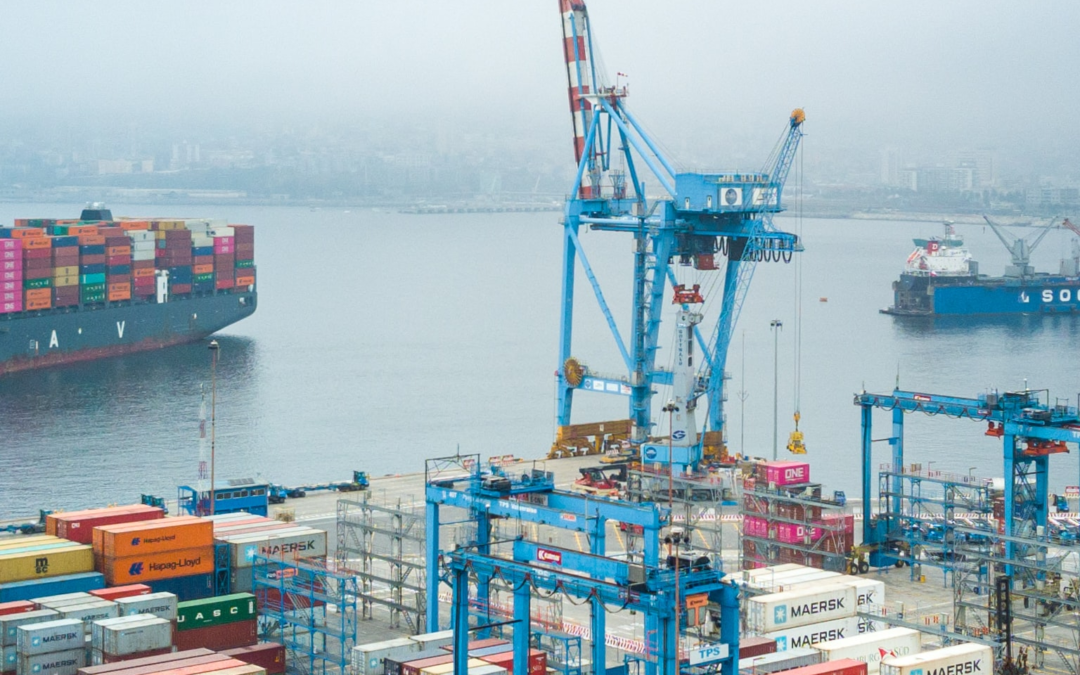In this article we explore what supply chain planners need to know for 2022:
The need for resiliency
When it comes to your supply chain, resiliency is the name of the game. Raw material backlogs, labor shortages, factory shutdowns, and capacity limits continue to force companies to pivot plans. In a Capgemini Research Institute report, 62% of respondents said supply chain resilience is a key priority for their supply chain organization, post COVID-19, with 57% planning to increase investment in building supply chain resilience.
There are many ways a company can increase resiliency in its supply chain, such as increasing agility, diversification, scenario planning, and visibility. Agility reflects how quickly a company can pivot when disruption occurs or in the face of volatile demand, including increasing and decreasing production or setting up new channels of distribution. Diversification applies to the sourcing of products and suppliers used to acquire goods or raw materials. Scenario planning incorporates things such as demand planning and the ability to prepare for seen and unforeseen events. Which ties into…
Visibility into the supply chain
Supply chain visibility has always been important, and had been an increasingly popular topic prior to the numerous disruptions in 2020 and 2021. According to Forbes, 92% of supply chain professionals said visibility into their supply chain is important to success, but only 27% have achieved visibility in their supply chain.
In addition to enabling scenario planning, which prepares for and prevents negative impact from issues including the unknown, supply chain visibility also allows an understanding of the plans of the entire supply chain. A connected, unified, end-to-end supply chain planning approach allows different teams from across your organization to have visibility into data, plans, and decisions – from tip to tail of your supply chain
Supply chain visibility can even help improve your company’s overall customer experience, preventing and being able to communicate issues related to stock shortages and order backlogs.
Capacity and cost versus timeliness
Not too long ago, most supply chain planners prioritized timeliness, choosing suppliers that could deliver products the fastest. Today, suppliers around the globe and domestically have more business than they do labor. Capacity issues across the supply chain industry are leading planners to take whatever they can get. While organizations used to evaluate and make decisions on suppliers’ on-time performance, the focus now is on keeping supply chains moving, and at as reasonable rate as possible.
Supply chain planners in 2022 will continue to look for alternate suppliers. Using multiple suppliers can help companies prevent the effects of putting all their eggs in one basket. While this – for the most part – increases costs and adds variability given multiple suppliers, it’s simply no longer practice to shop endless suppliers to find the best rate and the quickest turnover.
Improving forecast accuracy
Accurate forecasting is fundamental to supply chain management, and imperative for effective sales and operations planning. Improving demand forecast accuracy by employing different models and drawing data from a variety of sources is a reality when you’ve established the right strategy, processes and tools. By utilizing multiple models and data from sources across your organization, and pulling and sharing that data quickly, planners can add more value to the business
AI and cloud technology adoption continues
As companies evolve their supply chain strategies, it is expected that the next generation of supply chains will be based on advanced technologies, like AI, machine learning, and cloud-based solutions.
In 2022, companies will continue to implement technological ways for supporting end-to-end supply chain management, executions, predictive analytics, and data analysis. AI, machine learning, and cloud platforms are expected to help identify patterns, select best-fit forecasting methods, and better assist planners in correcting supply chain issues in real-time. This will allow supply chain planners to focus on pressing issues and mitigating disruptions, rather than spending time sifting through large data sets
So many supply chains operate on an enormous scale and often lack visibility on a micro-level. Enhancing your supply chain through advanced analytical technologies can help improve the planning process and can even help build a symbiotic relationship with your suppliers, partners, and customers. In such unpredictable times, utilizing the proper supply chain technology gives a competitive edge in being able to plan your operation successfully to impact both the top and bottom lines.
https://www.wolterskluwer.com/en/expert-insights/supply-chain-planning-what-to-expect-in-2022

